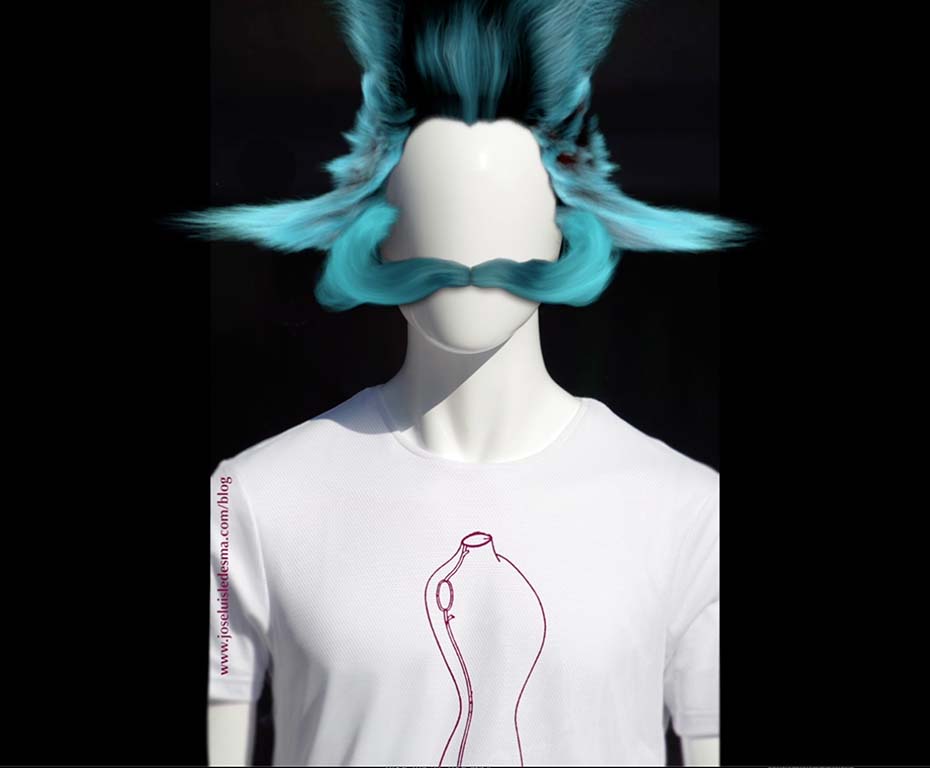Mannequins: origins and trends

The mannequins are one of the great protagonists of the Shop Window Displays and Visual Merchandising, since their creation they have evolved accompanying trends and innovations.
But, what is their origin?
Origins of mannequins
The word mannequin comes from the Dutch “manneken” and means “little man”. Its origin goes back to Ancient Egypt where there was the ‘Mannequin of Tutankhamun’ a figure that is part of the grave goods of the tomb of the pharaoh Tutankhamun and was discovered in 1922.
The mannequin was found by archaeologist Howard Carter in the only Egyptian royal tomb found intact and depicts the face of the pharaoh who reigned from 1336/5 to 1327/5 BC. This figure is believed to have been used to try Tutankhamun’s clothes, since the tailors of the pharaoh could not touch his sacred body.
The first mannequins
The first mannequin was invented in France in the 16th century. For this reason, they were originally called French mannequins and were usually intended for sewing schools.
Although the first mannequins present in shop windows as we know them today appeared only with the industrial revolution when shopping became important and necessary.
In the beginning they were mainly made of wax, while the feet were made of iron and the extremities of wood, which made them very heavy.
Evolution of the figure
Clearly these wax figures had their disadvantages, it was then, when the French company, Siegel & Stockman, found the solution by inventing the mannequin made of papier-mâché, which weighed much less than its predecessor and did not melt during the summer.
Thus, it was that the new mannequin became a much flatter and more stylized figure.
As the materials allowed providing greater realism to the mannequins, the figures were transformed over the years following the trends of each era.
For example, in the 50s and 60s the figure of Marilyn Monroe with its forms inspired the structure of the new mannequins of the time. While during the 70s the mannequins became more abstract and lost most of their facial features. On the other hand, from the 90s stylized mannequins with figures inspired by Kate Moss became widespread.
Current trends
In recent years, the trend is to use less and less realistic mannequins in neutral colours, so that they do not condition the garments too much, although 3D printing is slightly changing this. However, a pending issue would be to know the impact of its production on the environment.
On the other hand, it has increased the diversification of postures or, for example, the use of groups of mannequins that interact with each other to give more dynamism.
When choosing a mannequin, the first thing to consider is what we want to transmit, where and how the figure will be placed.
Depending on the changes to be made to the showcase and its design, it will be necessary to choose a more or less light material and a more or less articulated mannequin.
It is important above all to count on brands that have top quality materials, as is the case of Atrezzo or Hans Boodt.
If you are looking for the most suitable mannequin for your business, do not hesitate to consult a Global Window Display Designer or Visual Merchandising Manager to study the solution and the most suitable design for the objectives of your project.
Contact meSources: modaes.es, fashionunited.es, hopesandfears.com, joseluisledesma.com



